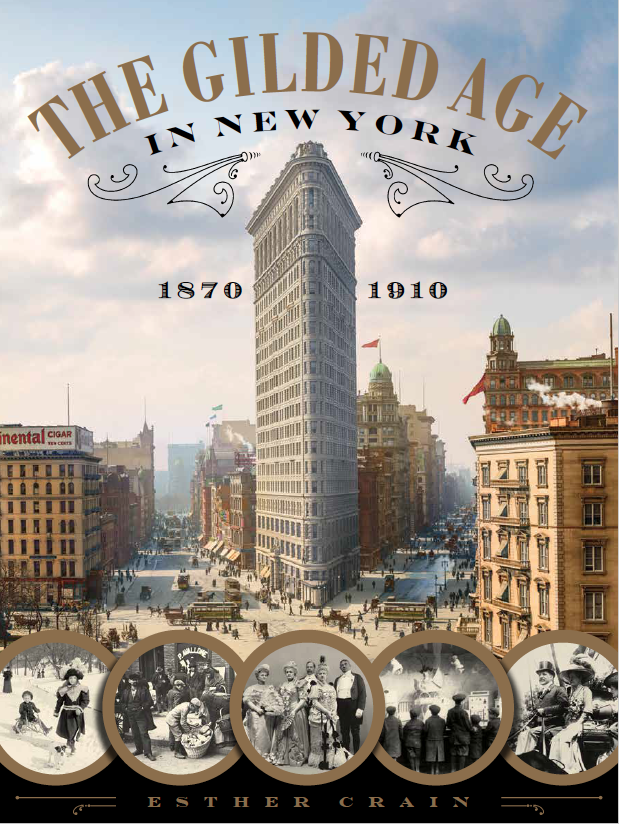You can be forgiven if you don’t recognize the bridge Edward Hopper depicted in this 1935 painting. It’s the Macombs Dam Bridge, linking 155th Street in Harlem to the South Bronx. (Today, this view of the bridge would include Yankee Stadium just across the Harlem River on the Bronx side.)
Opened in 1895, this swing bridge was once traversed by horse-drawn carriages; it was also a popular spot fo catch the cool breezes coming off the Harlem River on sweltering summer days.
Hopper didn’t see the bridge as a connector of humanity though. His vision of the bridge is cool and sterile—absent of people and isolated from the neighborhoods it links.
“For some, modernity resulted in an increasing feeling of alienation, as people began moving through spaces at a faster pace,” states the Brooklyn Museum, which has the painting in its collection. “Edward Hopper captured this transitory nature of modern life in paintings infused with a sense of isolation and estrangement.”
It’s classic Hopper, exposing the contradictions of the modern machine age, with engineering and communications advances designed to bring people together yet actually leaving them more disconnected. “There are no signs of life in the city. Instead, an eerie stillness pervades the scene, resulting in a disquieting mood,” continues the museum caption.
I’m not aware of other works by Hopper that depict Upper Manhattan. But he has captured the city’s bridges before—like this view from the Williamsburg Bridge.



